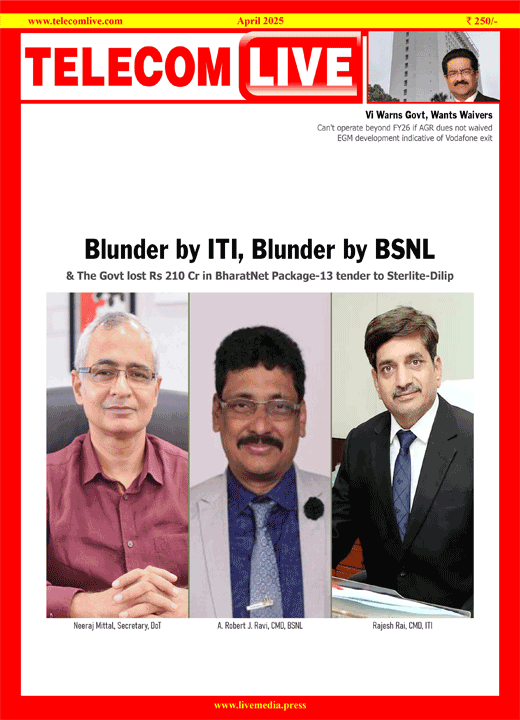Tariff hikes, relief package could free up Rs 1.5-1.8 lakh cr for telcos to invest in 5G: Crisil
The recent rise in tariffs and the deferred payment option given by the government could free up between Rs 1.5 lakh crore and Rs 1.8 lakh crore for the Indian telcos to invest in 5G technology while also improving their ratings, according to a report by CRISIL.
The report said that an estimated 20% hike in the average revenue per user per month (ARPU), coupled with ongoing customer upgrades, could lift the operating profit, or Ebitda, of the Indian telecom sector by 40% over fiscal 2021 to Rs 1 lakh crore in fiscal 2023.
The report comes after all three telcos raised tariffs by around 20-25%, last being Reliance Jio Infocomm. The tariff hikes came a few months after the government mid-September announced a mega telecom package enabling telcos to push their AGR dues and spectrum dues to the government by four years.
Nitesh Jain, Director, CRISIL Ratings in the report has noted, “Recent tariff hikes and ongoing customer upgrades could push the sector’s ARPU by 20% to Rs 160-165 next fiscal from Rs 135 in the last fiscal.”
Expecting the telcos to bid prudently, the report says, 5G spectrum auction could see an outgo of Rs 70,000 crore.
The ARPU growth is expected to result in a non-linear growth in profitability due to the high operating leverage of the telecom sector.
According to the report, the sector’s financial leverage, as indicated by debt-to-Ebitda, is expected to stay elevated at over 4 times this fiscal.
“Next fiscal, it (leverage) could improve to 3.8 times, helped by full year benefit from tariff hikes,” the report has said. The ratings agency expects the leverage and thus the credit profile to improve gradually.
“The credit profiles of players will continue to be supported by the high entry barriers created by large investments in strategic infrastructure such as spectrum rights, and tower and fibre assets,” the report says.
However, it further goes on to caution that any intense bidding for spectrum beyond the metros and category A circles, and higher-than-expected investment in fiberisation for 5G, could have a bearing on credit profiles.



